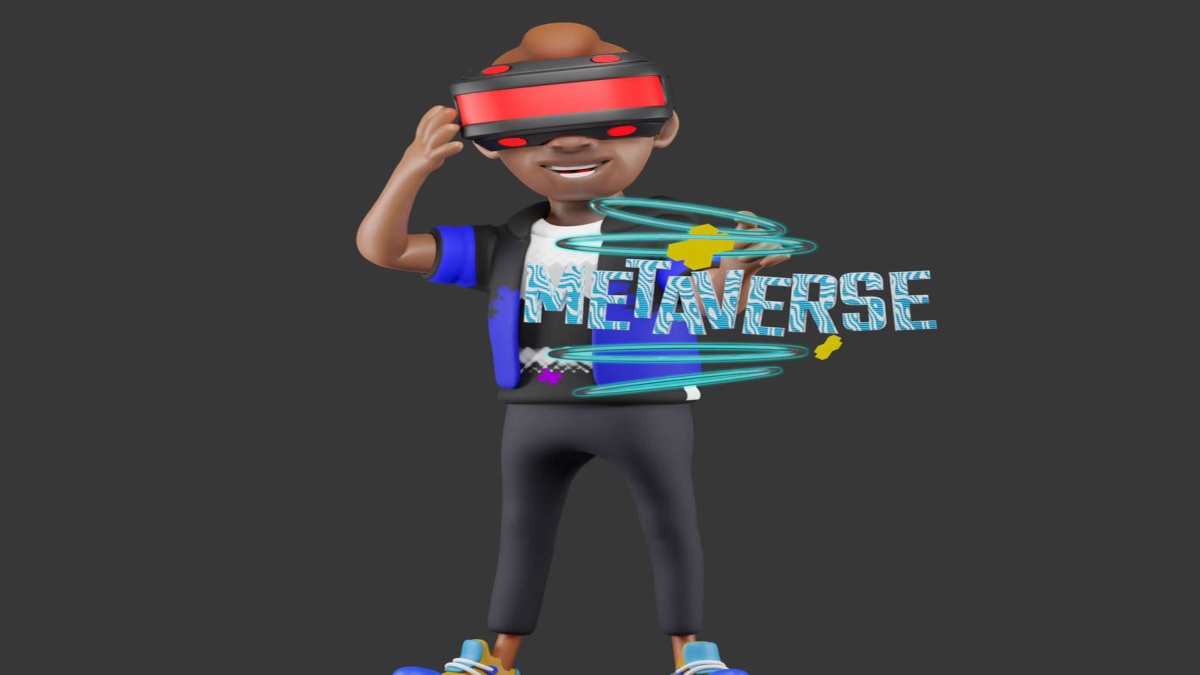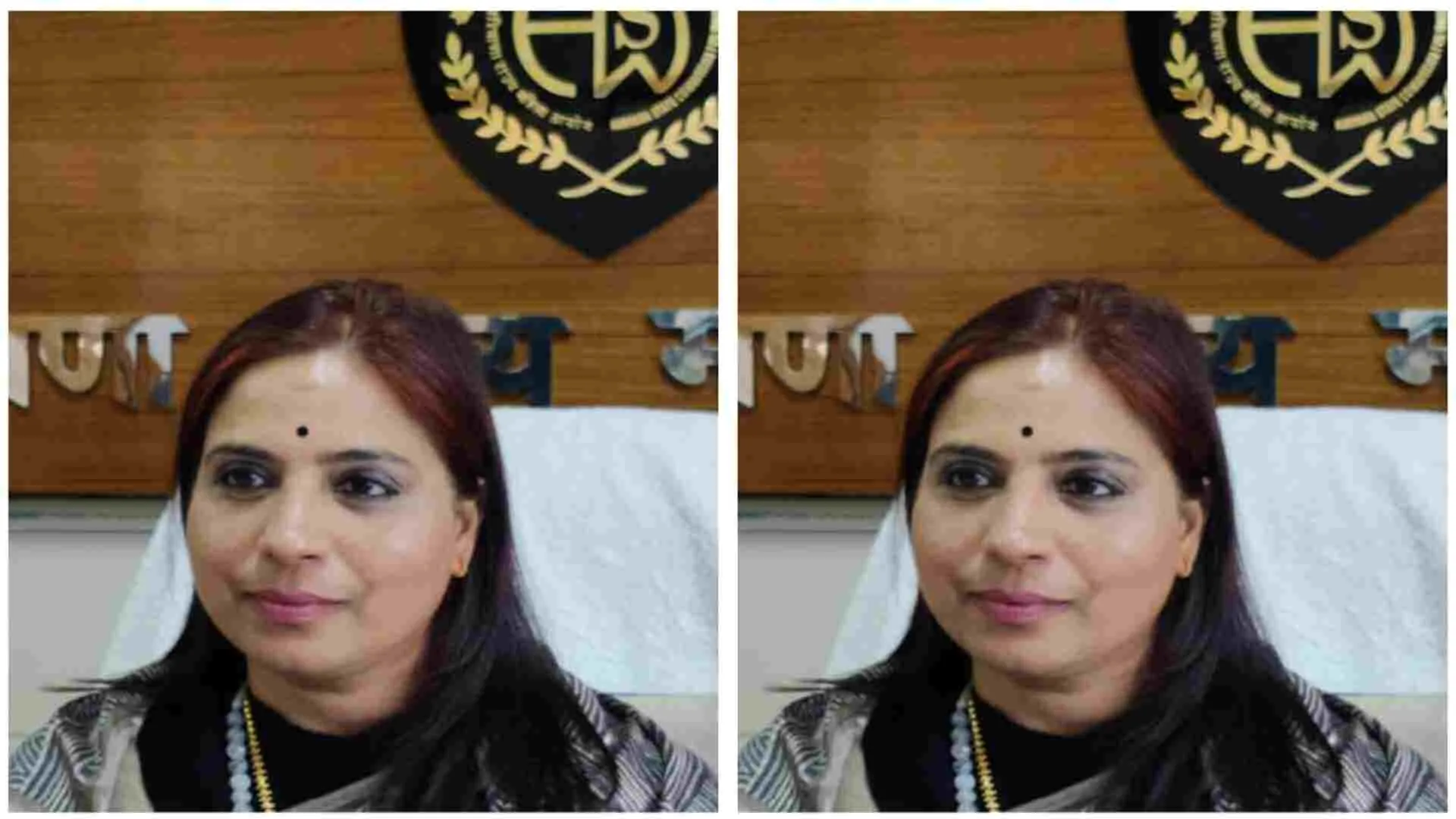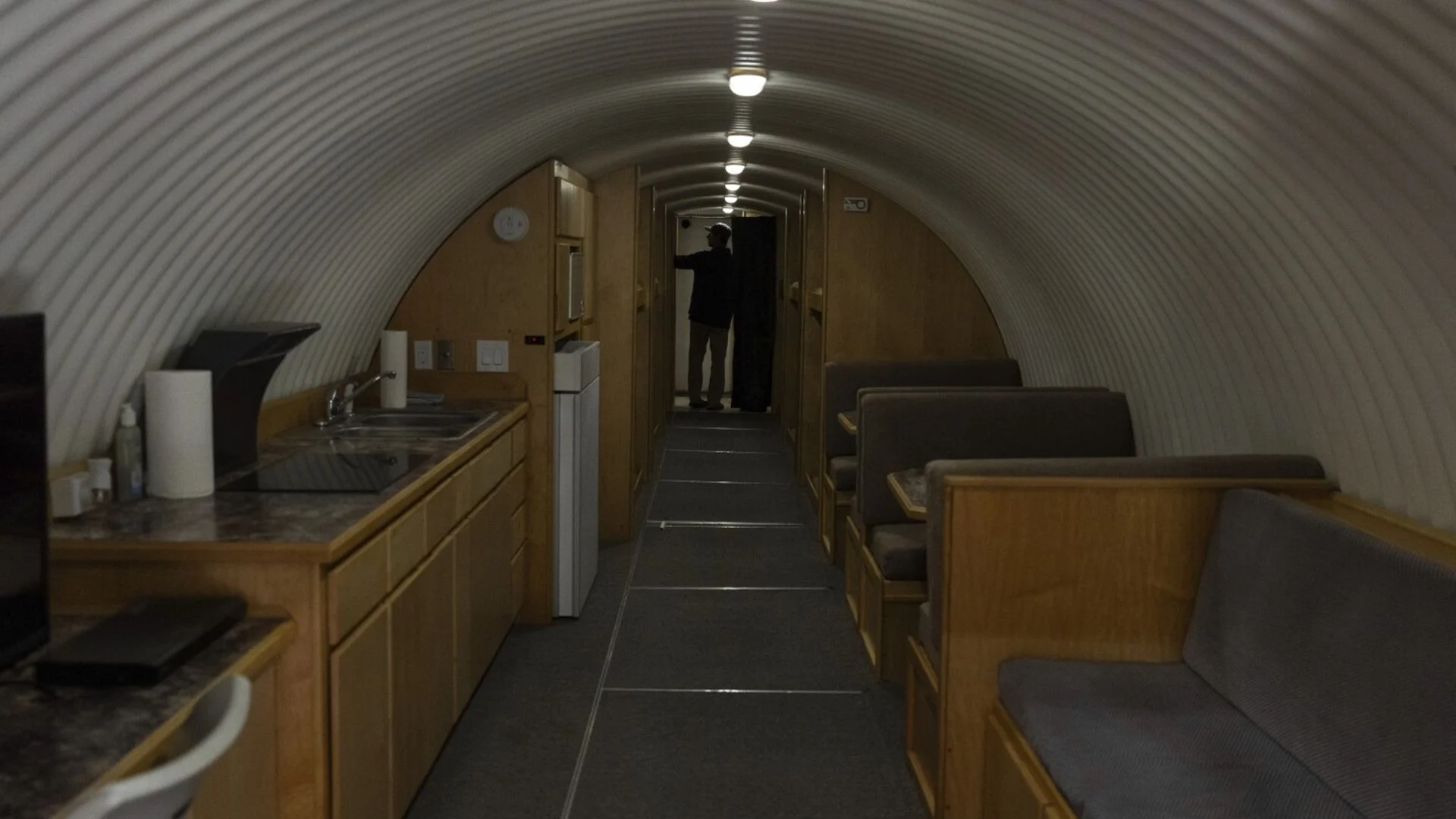This week, we wanted to tackle something fun: what will you look like on the metaverse? We will give some background to avatars, look at the different types of avatars currently in use, and see how industry giants like Microsoft and Facebook/Meta are addressing the avatar question for a metaverse-ready future.
In Sanskrit, the word ‘avatar’ refers to the earthly forms taken by celestial beings when they have to walk among humans. The avatars being developed for the metaverse may not have such lofty origins, but the broad understanding and themes behind them are similar. Avatars are digital representations of your physical identities on the internet and, in the future, on an interconnected metaverse. You may have played games where you were able to design and pick a custom character that would be your representation in the game world.
As industry leaders are expanding the bounds of the metaverse and defining what it is, they have landed on avatars as the first and most persistent way for users to interact with the metaverse environment. You will be able to create unique and individualistic avatars in the virtual world, and this avatar will remain the same across platforms and apps. In other words, similar to real life, you will have a reliable, constant visual identity on the internet.
Now, we can categories avatars into two broad types: Full body avatars and VR avatars. VR avatars are relatively simple. They provide the user with a first-person POV and let other users in the environment see only the avatar’s torso. Full-body avatars, as the name suggests, incorporate your whole body into the experience and allow you to wear sensors in different parts of your body to interact more effectively with the virtual world. Now you can use a few different ways to create your avatar; you can use avatar creation services like Ready Player Me to create an internet-wide avatar, or you can scan your face or a photograph to create a photo-realistic avatar of yourself.
Avatars are becoming more and more popular these days. A key indicator of the future relevance of avatars is that both Facebook/Meta and Microsoft are making avatars and virtual environments a keystone of their operations moving forward. Microsoft has accelerated development on Mesh and has introduced avatars for Teams, where you can choose to appear as an avatar in a video meeting, for example. Microsoft’s avatars are not photorealistic and resemble animated characters. Facebook/Meta is taking a different approach. We can see a bright, animated character aesthetic in the newly debuted avatars on Instagram, but behind the scenes, Facebook/Meta is developing highly realistic avatars using bio-scanning technology, AI-powered neural networks, and sensors modeling the physics of body movements. This point to a future where you may essentially be able to upload a tru-to-life digital scan of yourself into the metaverse.
We have also seen avatars introduced on iOS, where you can design an avatar and can then use emoji is derived from that avatar to react to text messages. However, these avatars, from Microsoft teams to Instagram to iOS, have a limited range of uses. And the user is restricted from using it across platforms, devices, and apps. The metaverse conception of the avatar would let users create their avatars once and be able to use them in a variety of digital situations. Your identity in the metaverse – your digital clothes, digital currency, etc. will be tied to this digital manifestation. So, the avatar will be a citizen of the metaverse and a crucial building block of the social structure within it. We are on an exciting frontier with graphic designers, 3D artists, and programmers all united to revitalise and innovate digital identity.





















